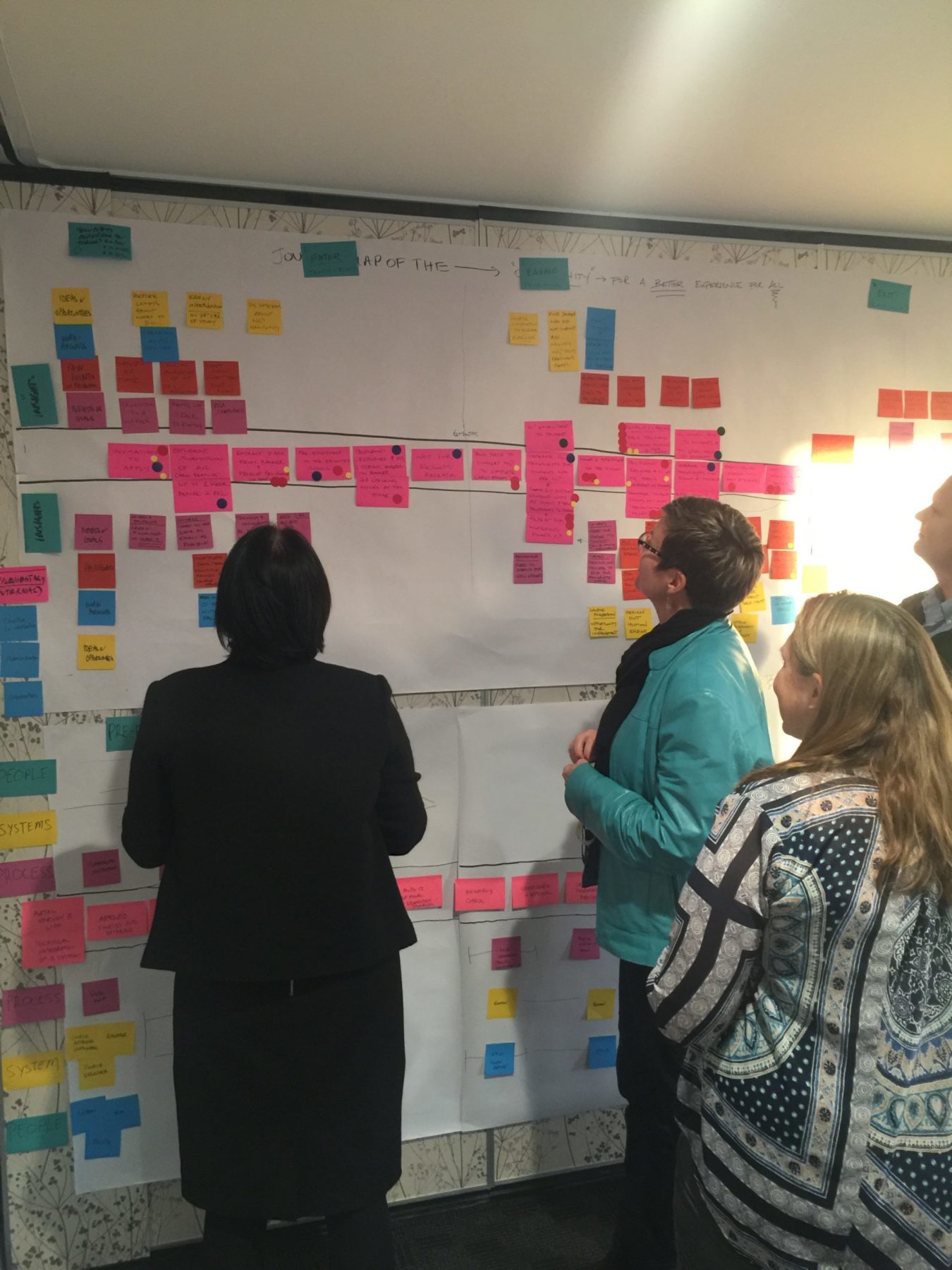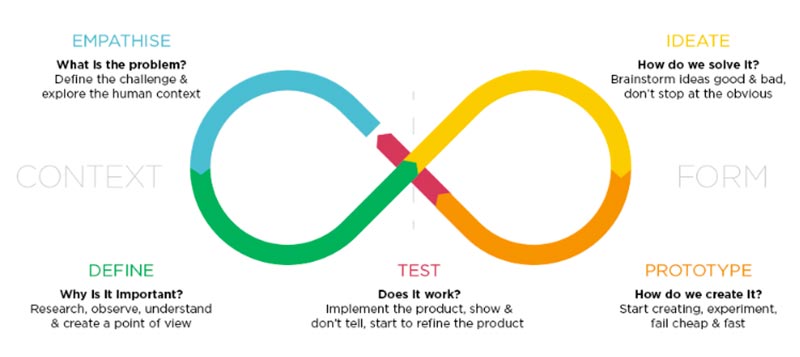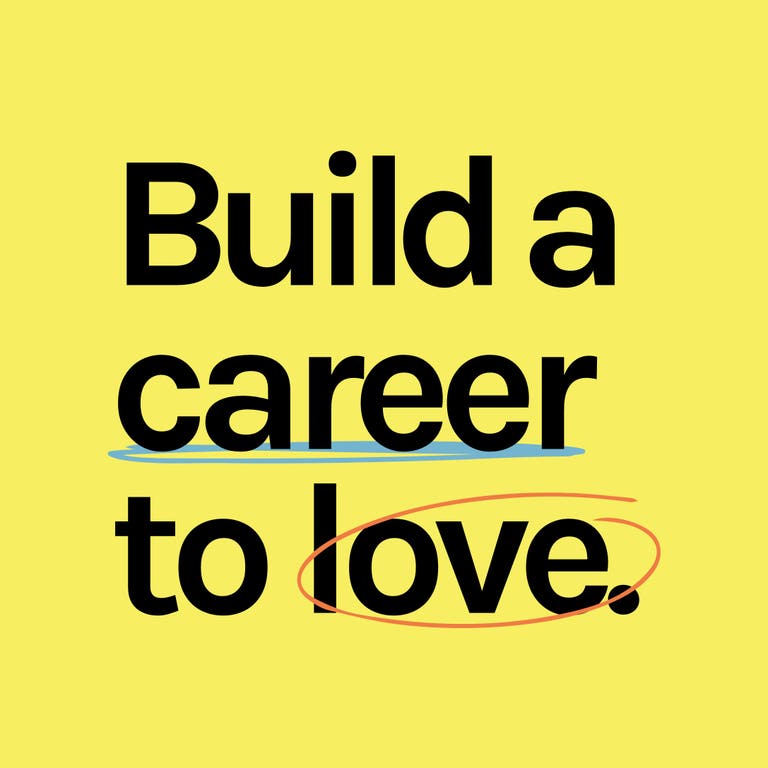It’s hard to imagine a time when the concept of ‘a job’ has ever gone through so much revolutionary change.
Back in the early 1900’s, people campaigned and worked hard to get what was a 48hour standard working week – scaled back to 40 hours. And so by the 1940s we had a legal precedent set for us to work 5 days a week for no more than 8 hours, generally as employees to our bosses. How times have changed.
Now, with the advent of so much new technology and demographic changes, the future world of work has never looked so interesting. Here are some of the big drivers:
1. Automation and AI – machines are replacing many ‘activities’ now – automating mainly processing and manual work-flows, with the impact that 51% of all activities can soon be done without humans, impacting and changing 60% of current jobs (McKinsey, Future of Work 2017). Which doesn’t mean jobs will necessarily go – but be re-shaped to build more productivity into the organisation.
2. Restructuring of the ‘employee’ – no longer is being an FTE the only option. By 2020 according to Gartner 60% of companies globally will hire employees, contract workers AND freelancers. There are many more ways to ‘work’ emerging and becoming main-stream. Which opens up new ways for organisations to run the HR budget, and individuals to design a career with more flexibility.
3. Changing demand on skills – businesses are now hiring and paying more for new economy skills. Primarily, those that robots don’t offer. Right-brain skills such as problem solving, creativity, design, people management and negotiation, are dominant. And with this, more agile ways of working together are emerging – such as Agile teams, where the traditional silo structure of the workforce is broken down in favour of project based collaborative teams, changing what it means to ‘have a job title’.
4. Extended workforce – We are all living longer – by 2050 those over 65yrs will have doubled from 8.5% to 17% of population. And we are working longer (estimates indicate 20% of us will still be working when we’re 70+). Which means people are now actively seeking a second or third career in their lifetime.
5. Rise of the millennial – the future of the workforce will be dominated by those born between 1980-mid 90s. And what they want from work is different. A strong sense of alignment on values and purpose, over profit, is the main goal. According to PWC’s recent Millennial Study 88% are looking for alignment on corporate social responsibility, with their personal values.
The way I look at it – it’s all a good news story. These forces are creating so much opportunity for us all, if we are prepared to shift our mindset about what we can get paid for, and how.
If you are currently a full time employee your future could look very different to what your parents or your grandparents ever imagined.
- You can now become a ‘gig’ worker – selling your time and talent to those who want you on a project team.
- Or you can rapidly and affordably add to your existing skill-set with access now to a range of micro learning courses mainly offered online, from anywhere in the world – opening up new pathways for augmenting your skills. (According to PWCs Workforce of the Future study, 74% of global employees are now actively up-skilling themselves to take advantage of the new economy).
- Or you can embrace the rapidly growing trend of designing a ‘side-hustle’– reduce your hours from 40 to 30 and use the time to start building a global e-business fuelled by technology, from your living room.
And for organisations, its enabling multiple ways to engage with your staff and unlocking new ways of working together.
- First start with the opportunity to augment talent that is strong on ‘right-brained’ skills alongside automation, to immensely increase productivity through co-working.
- Secondly, look for ways to enable high value employees to become more ‘T-shaped’ – embracing their core specialism, plus adding a passion – resulting in them staying with you and pursuing their desire to work with purpose and create a second career, within your organisation.
- And lastly, seek first to ask your employees what innovation they want to create in your organisation – unlocking latent creativity, before they leave and take their ideas elsewhere.
The future race for talent is rapidly becoming about hiring for competency over capability – finding people who can work with you to build the future workforce rather than those who want to simply work for you. As Steve Jobs is famous for saying “It doesn’t make sense to hire smart people and tell them what to do. Hire smart people and get them to tell you what to do”.
But it won’t come without design. Whether you are considering your personal options and looking to capitalise on some of these emerging forces for yourself, or a company owner looking to harness the power of a more productive and agile workforce, you will need to consciously design your future. What does that mean? I’m not talking about rehashing your CV and practising your interview techniques. Nor am I talking about traditional ‘organisational design’ which is generally a ‘re-organise and redundancy’ play.
I’m talking about applying design thinking – spending time understanding and discovering together the opportunity these mega-trends represent for you and your business, generating ideas for your future state, and then set-about to rapidly test your intention through low-cost fast experiments – co-created with your employees or manager.
The future is full of exciting bright new constellations, it’s just a matter of starting the journey on your new pathway with an appetite for change and intention for learning and experimentation.





